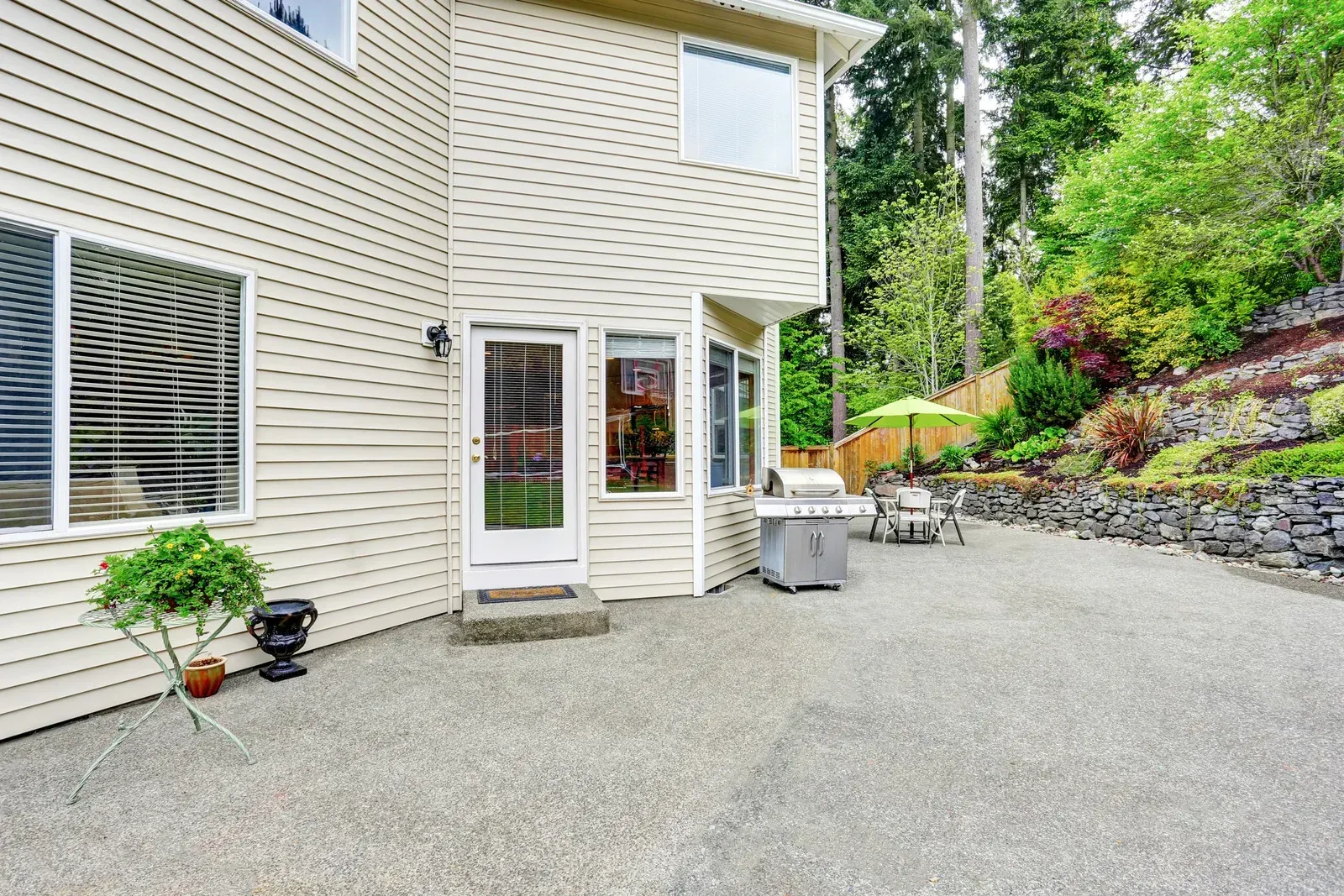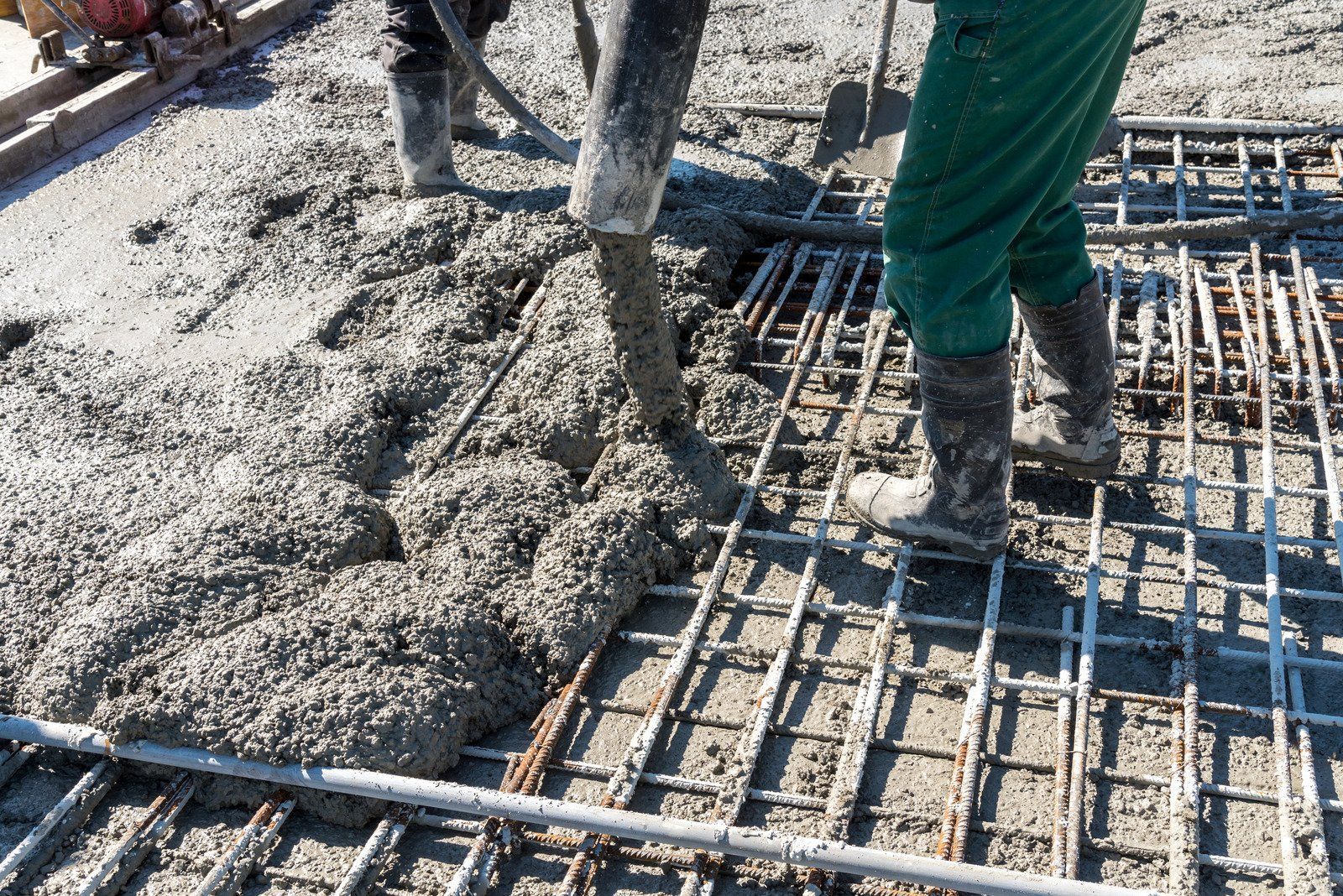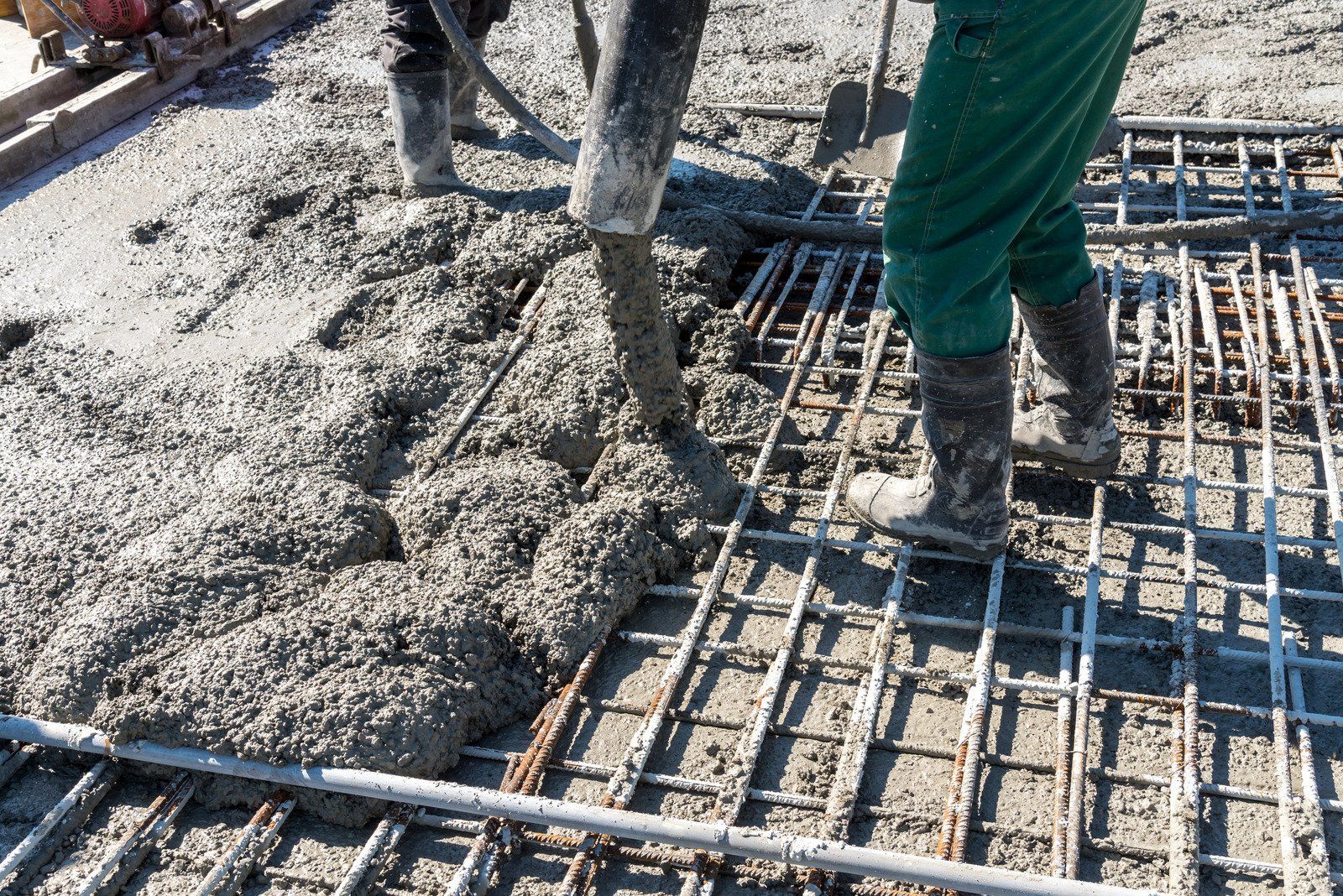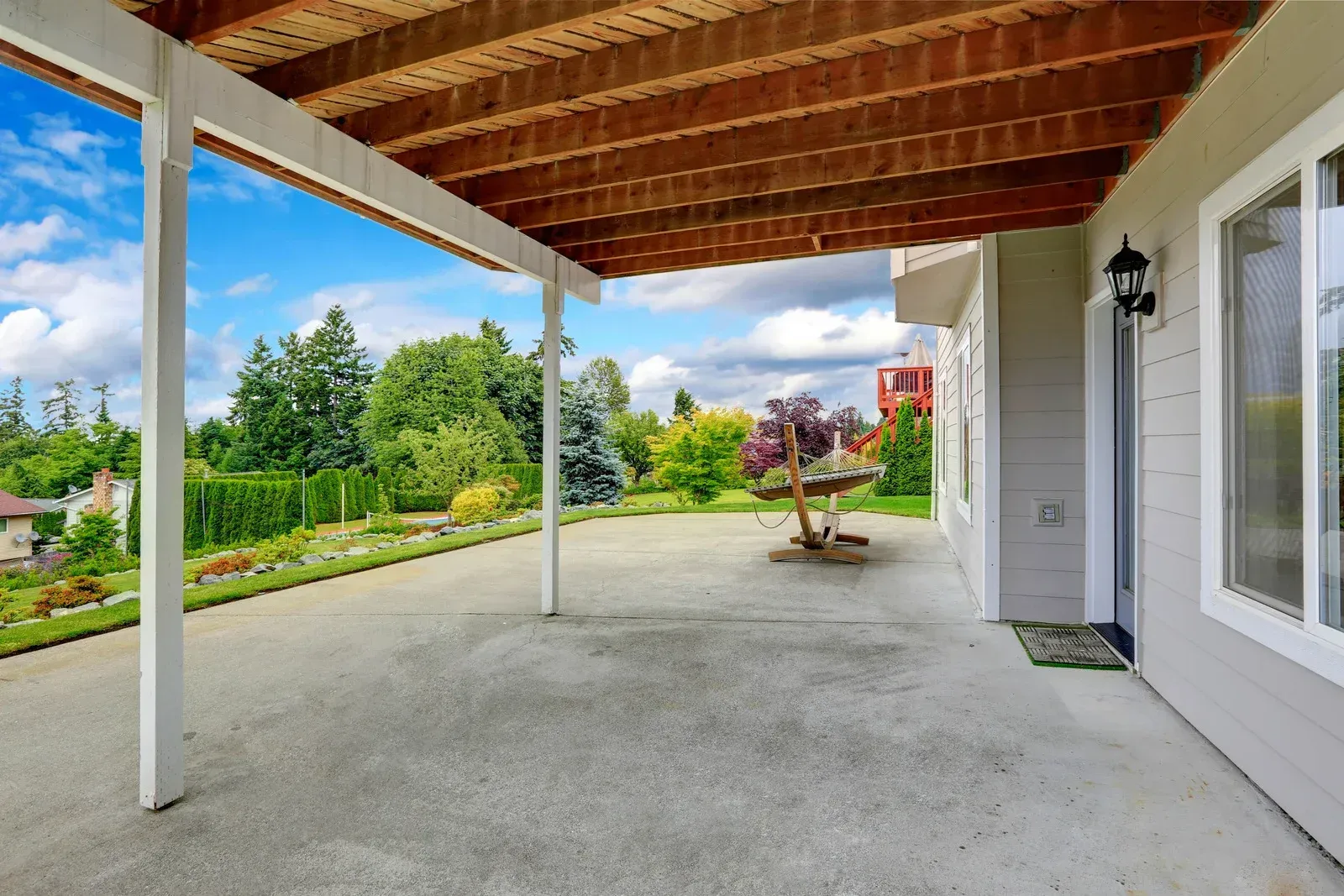CALL US: 253-651-0653
CALL US 253-651-0653
Why is polished concrete considered sustainable?
Why is polished concrete considered sustainable?
1. Durability:
Polished concrete is extremely durable and long-lasting, reducing the need for frequent repairs or replacements. This means fewer resources are consumed over time.
2. Energy efficiency
Polishing concrete requires less energy compared to other flooring options like tiles or vinyl. The process involves grinding and polishing the existing concrete surface, which eliminates the need for additional materials and energy-intensive manufacturing processes.
3. Reduced waste
Polishing concrete eliminates the need for additional flooring materials, such as carpets or tiles, reducing waste generation. It also minimizes the amount of construction and demolition waste sent to landfills during renovation or demolition projects.
4. Low maintenance
Polished concrete requires minimal maintenance compared to other flooring options. It is resistant to stains, easy to clean, and does not require regular waxing or coatings. This reduces the use of chemicals and water for cleaning and maintenance.
5. Thermal mass properties
Concrete has excellent thermal mass properties, meaning it can absorb and store heat or cold and slowly release it over time. This can help regulate indoor temperatures and reduce the need for heating or cooling, thus saving energy.
6. Reflective properties
Polished concrete has a high light reflectance value (LRV), which means it reflects more natural light. This reduces the need for artificial lighting during the day, leading to energy savings.
7. Recyclability
Concrete is a recyclable material, and polished concrete floors can be recycled at the end of their life cycle. The concrete can be crushed and reused as aggregate for new concrete or other construction applications, reducing the demand for virgin materials.
Overall, polished concrete's sustainability stems from its durability, energy efficiency, low maintenance requirements, waste reduction, thermal mass properties, reflectivity, and recyclability.









